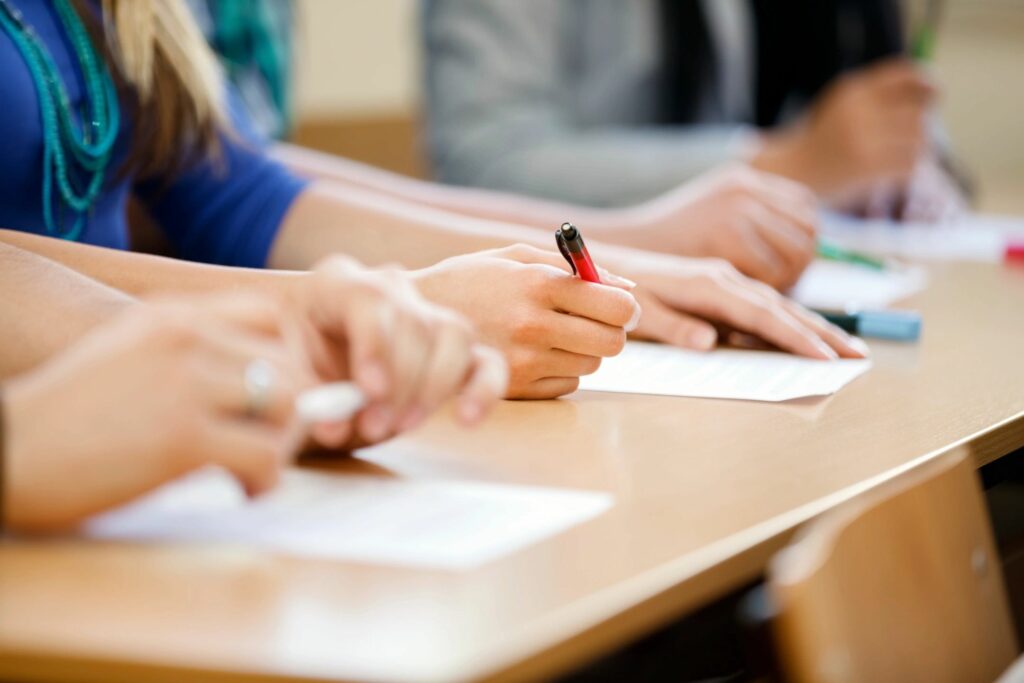
Georgia public schools are set to receive about $1.7 billion in federal COVID-19 aid as part of a second round of relief spending Congress passed last month.
The new funding follows about $457 million Georgia K-12 schools were allocated last year in the initial wave of COVID-19 federal relief through the Coronavirus Aid, Relief and Economic Security (CARES) Act.
Local districts will receive relief funding based on what proportion of low-income students attend their schools, ranging from more than $139 million for DeKalb County schools to nearly $367,000 for Glascock County schools.
The state Board of Education approved distributing the COVID-19 aid at a meeting Thursday morning, shortly before Gov. Brian Kemp outlined his latest budget priorities for the General Assembly in the 2021 legislative session.
Kemp has called for restoring school budgets in the remainder of the current school year after districts had to cut $950 million due to economic pains from the COVID-19 pandemic, adding back $647 million this school year and $573 million next school year to fully fund enrollment growth and help prop up schools where enrollment dropped.
In his annual “State of the State” speech on Thursday, Kemp announced the state will give teachers and other school employees a one-time $1,000 pay supplement as they continue struggling with impacts from the virus.
“In a year when other states may face no other option but to slash education dollars, furlough teachers and cut back on essential student programs, Georgia is restoring funding to schools, backing our teachers and launching new initiatives to keep kids enrolled,” Kemp said.
Public schools in Georgia will not be required to share federal funds with private schools in the new relief package like they did in the initial CARES aid after a federal judge halted that distribution plan over the summer.
State School Superintendent Richard Woods said his office will look at whether those funding allocations could be changed to reflect school population sizes instead of just low-income student percentages after some board members voiced concerns about fair distribution.
Woods added “a good portion” of the new COVID-funding would go toward helping restore budget cuts made last year.
Many local schools are still grappling with how to hold classes amid the pandemic. Several districts are remaining online-only for students, including the large DeKalb County School District. Other districts have instituted limits on classes sizes or allowed students to opt in for in-person classes.
The state received more than $80 million in federal aid last summer to bolster internet connections for virtual learning, mental health services, support for independent colleges, online classes for technical colleges, a construction-training program and funds for early child-care assistance.
